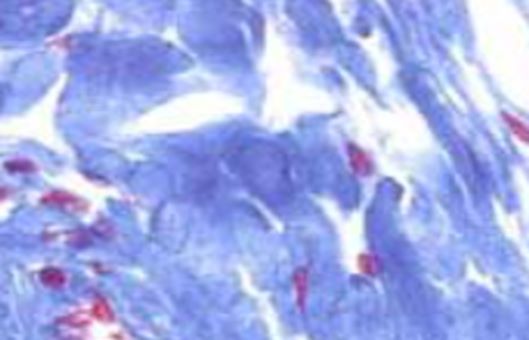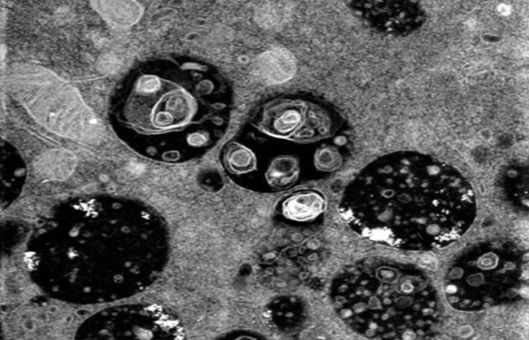Protocol for In Vivo Imaging in Mice
GUIDELINE
In vivo imaging of living animals uses two main techniques, bioluminescence and fluorescence. Bioluminescence is the labeling of cells or DNA with the luciferase gene (Luciferase). At the same time, fluorescence techniques use fluorescent reporter genes such as green fluorescent protein, red fluorescent protein, and fluorescein such as FITC, Cy5, Cy7, and quantum dots (Quantumdot (Qd)) for labeling.
METHODS
- SPF-grade BALB/C rats were 6-8 weeks old and 18-20 g. They were fed and watered freely for 24 hours before the experiment. They were fed and watered freely for 24 hours before the experiment.
- The animals were anesthetized by intraperitoneal injection of 2% sodium pentobarbital 300 μL (215 mg/kg). Nude mice were placed prone and flat in the recording chamber of a small animal multispectral in vivo imaging system.
- Cy7 or Cy7-labeled biomolecules or drugs were diluted in water (or methanol/ethanol/ethanol, sometimes 200 μL of DMSO can kill mice) and injected into the tail of a naked mouse by intravenous injection of 200 μL (concentration 0.5 mg/kg) of DMSO.
- Every 5 min, a picture of the fluorescent light emitted in vivo was recorded to analyze the distribution of the fluorescent drug. Cy7 was detected with excitation at 700-770 nm bandpass and emission at 790 nm long-pass. The scanning range of the liquid crystal tunable filter is 780-950 nm, and the scanning step is 10 nm. The exposure time was 500 ms.
- The control mice were not injected with drugs and were recorded simultaneously. The heart, liver, spleen, lungs, kidneys, and other organs were dissected quickly after the recording.
Creative Bioarray Relevant Recommendations
Creative Bioarray provides a large number of fluorescent products, which are the most trusted products available.
| Cat. No. | Product Name |
| FDIR-D0001 | Cy3 |
| FDIR-D0002 | Cy5 |
| FDIR-D0004 | Cy7 |
| FDIR-D0005 | Super Fluor 350 (Upgrade product for Alexa Fluor 350) |
| FDIR-D0006 | Super Fluor 405 (Upgrade product for Alexa Fluor 405) |
| FDIR-D0007 | Super Fluor 430 (Upgrade product for Alexa Fluor 430) |
| FDIR-D0022 | Q dot marker 565 |
| FDIR-D0023 | Q dot marker 655 |
| FDIR-D0026 | D-Luciferin |
| FDIR-D0027 | Coelenterazine |
View our full range of in vivo imaging dyes and find what you need!
NOTES
- Select an appropriate anesthesia protocol to immobilize the mice during imaging while ensuring minimal impact on physiology and imaging outcomes. Maintain optimal environmental conditions (temperature, humidity, etc.) during imaging to support the well-being of the animals and stabilize imaging quality.
- Determine the optimal time points for imaging based on the kinetics of the targeted biological process and the clearance properties of the imaging probes. This should be balanced by minimizing the total imaging time to reduce potential animal stress.
- Develop robust analytical methods for processing and interpreting the acquired imaging data, ensuring that the results accurately reflect the intended biological processes or structures within the living organism.

